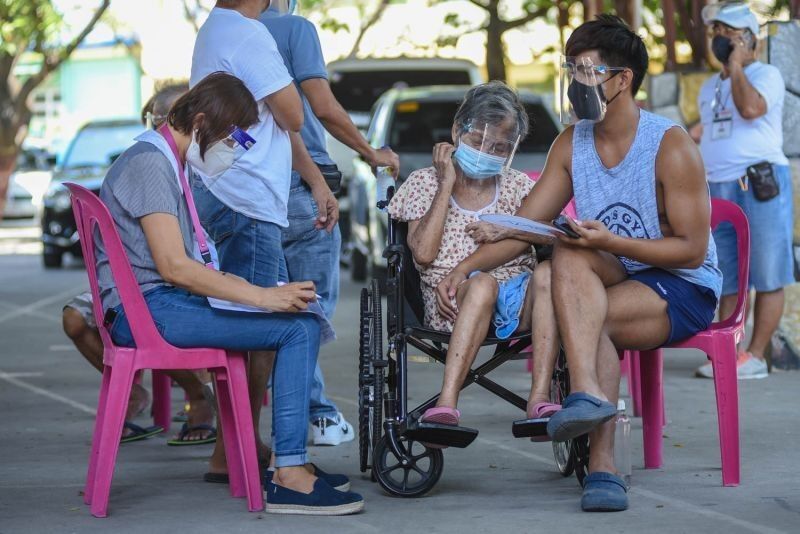Government debts soar to P12.76-T in April

MANILA, Philippines — The national government's debt pile inched closer to the P13-trillion mark in April, putting the state in a precarious position that could spell trouble for the next administration’s spending needs as pandemic concerns abound.
Treasury data released on Thursday revealed that government liabilities reached P12.76 trillion in April, growing 0.7% month-on-month. Of the outstanding debt levels, 70% came from domestic borrowings while 30% came from external creditors.
The debt pile's ascent was mainly due to the issuance of government securities and a weak peso in April. Since the beginning of the year, debts have piled up by 8.8% or P1.03 trillion.
Broken down, domestic borrowings reached P8.93 trillion in April, inching up 0.8% from the end-March levels. This included tapping into domestic financing that amounted to P66.3 billion.
External debt rose 0.4% in the same period, largely due to P28.56 billion in additional loans and the effect of a depreciating peso that cost P31.5 billion.
The latest figures augur a concerning issue that experts have been warning about, especially since a growing debt pile would mean more taxpayers' funds are needed for debt servicing in the coming years. The situation also means that the incoming Marcos Jr. administration would run the government and institute reforms with a very tight fiscal space.
By the end of 2021, state liabilities already accounted for 60.5% of the country’s gross domestic product, the highest ratio since 2005 and breaching the 60% threshold deemed manageable for emerging market economies.
“Elevated debt levels will be one of the main challenges faced early on by the incoming administration. Already we’re hearing about plans for a stimulus which can help bolster growth momentum. The best way to deal with high debt is to grow the economy at a faster clip so that the overall debt to gdp begin to fall,” Nicholas Mapa, senior economist at ING Bank in Manila, said.
“Thus the new administration will need to get creative in finding funding for these planned stimulus efforts to ensure additional spending measures do not bloat debt levels further, as this could catch the eye of ratings agencies. A debt-to-gdp ratio above 60 percent is considered high and the longer the Philippines remains above this level, the higher the susceptibility to ratings downgrades,” Mapa added.
The Duterte administration is encouraging the next administration to impose new taxes to help the government pay off the mountain of debt it accrued to fund its pandemic response.
- Latest
- Trending


































